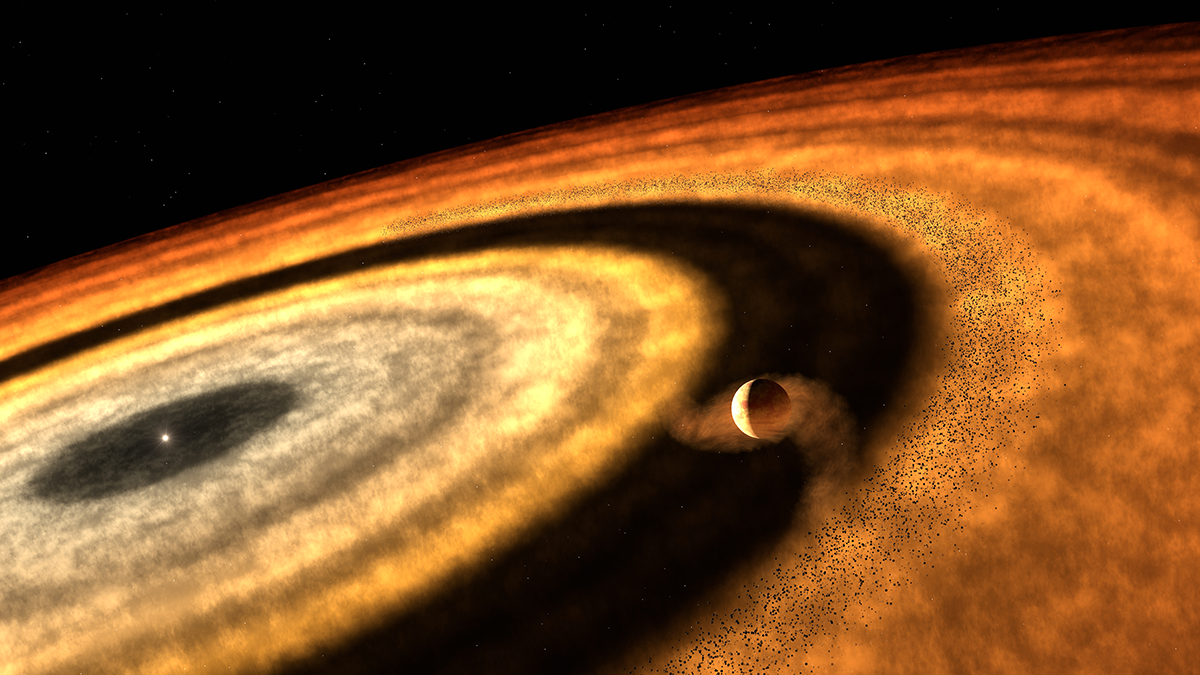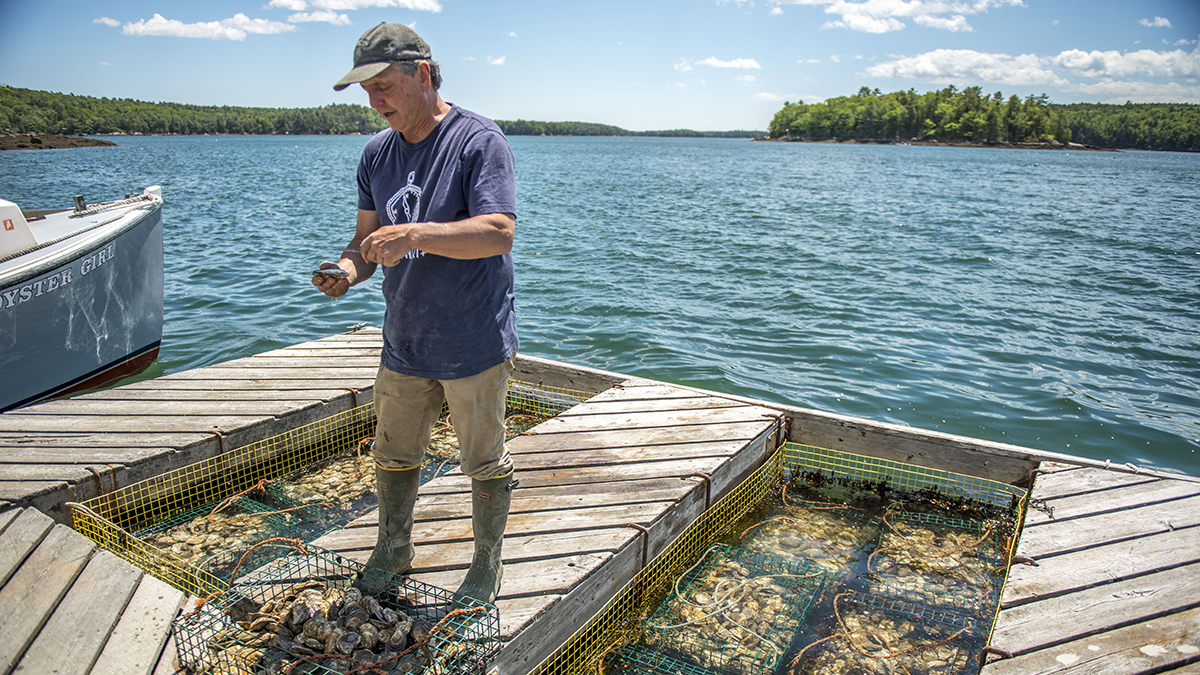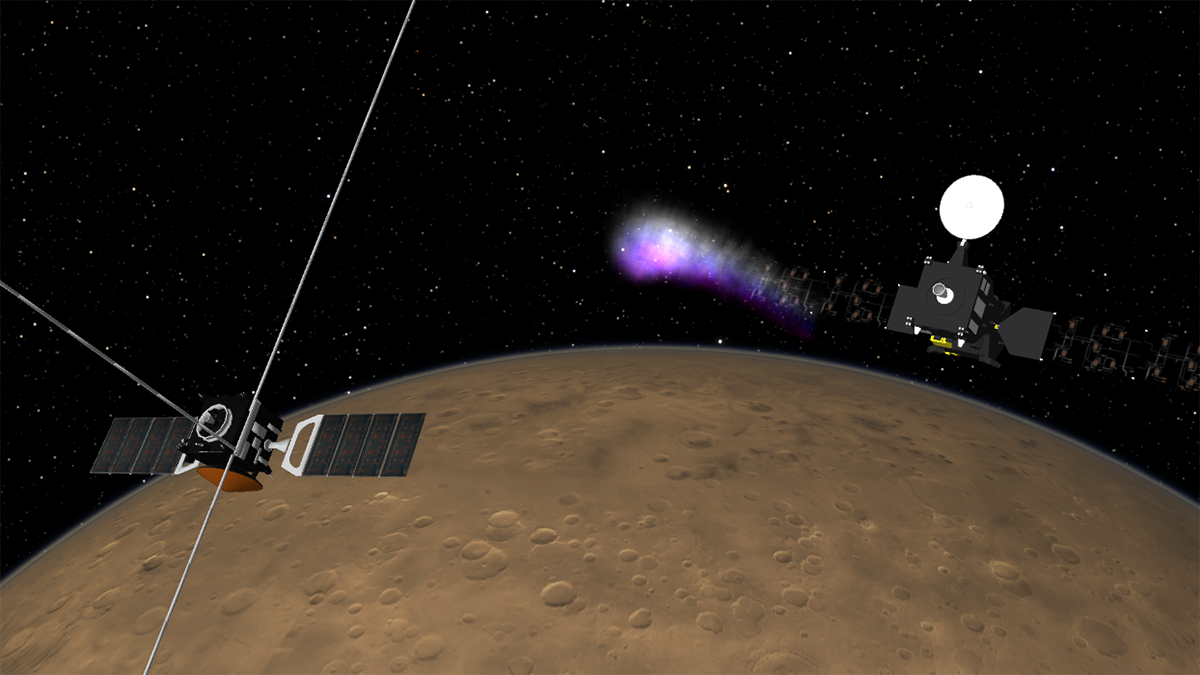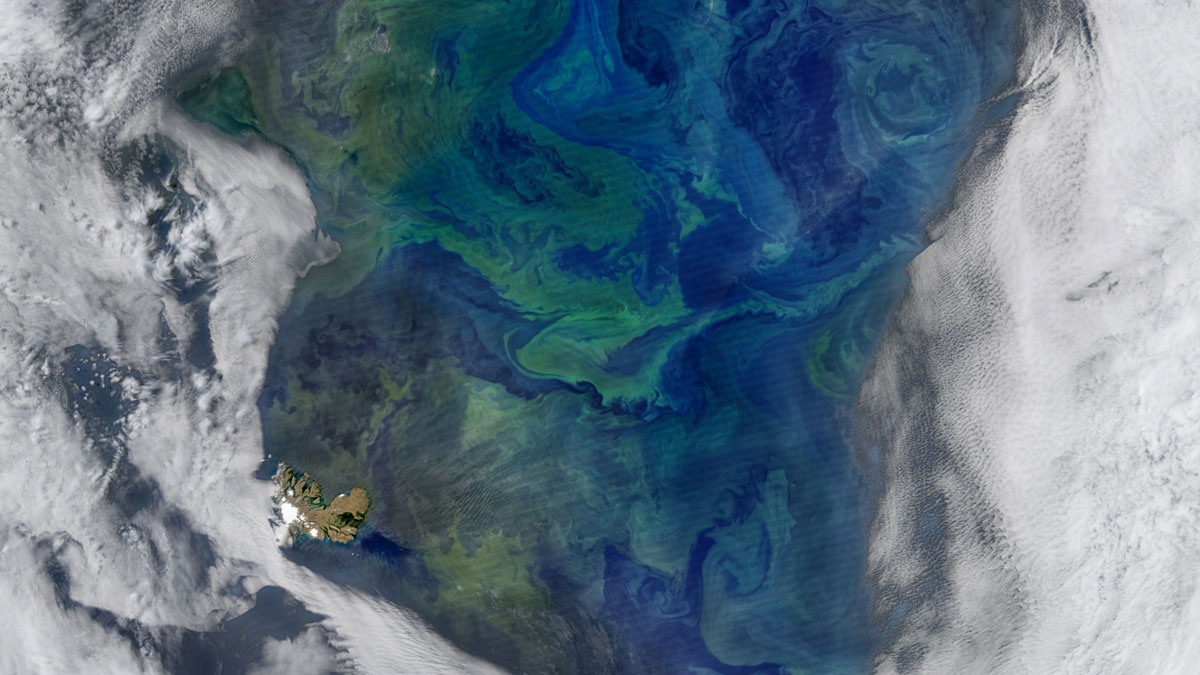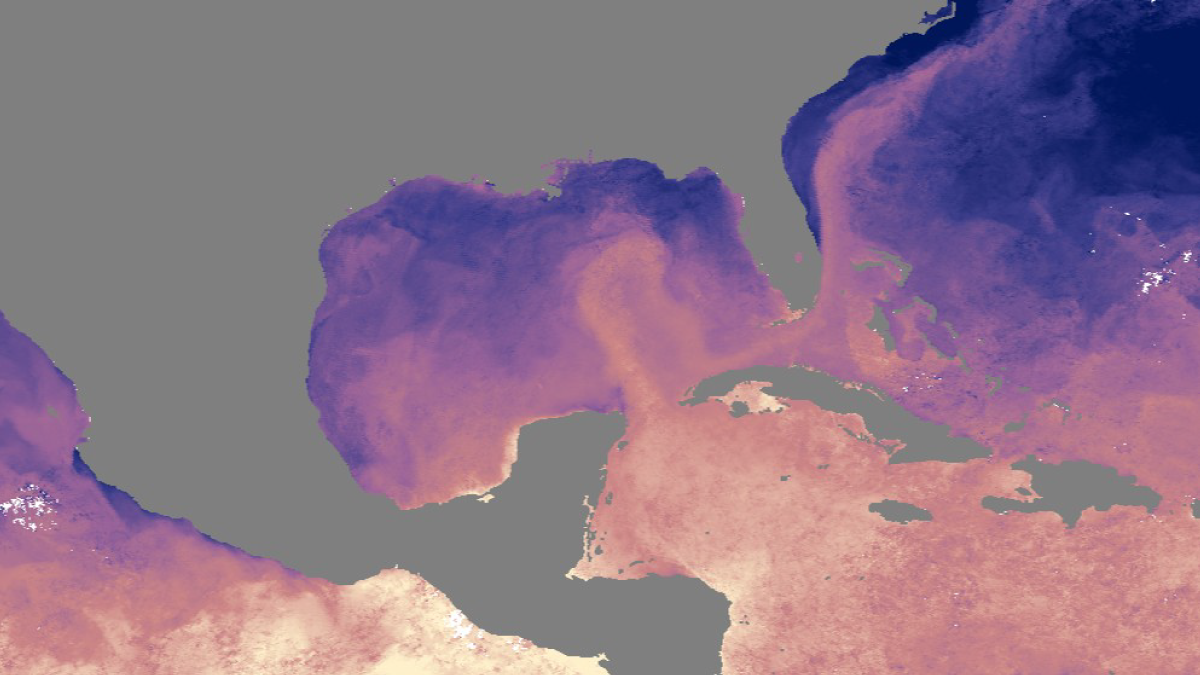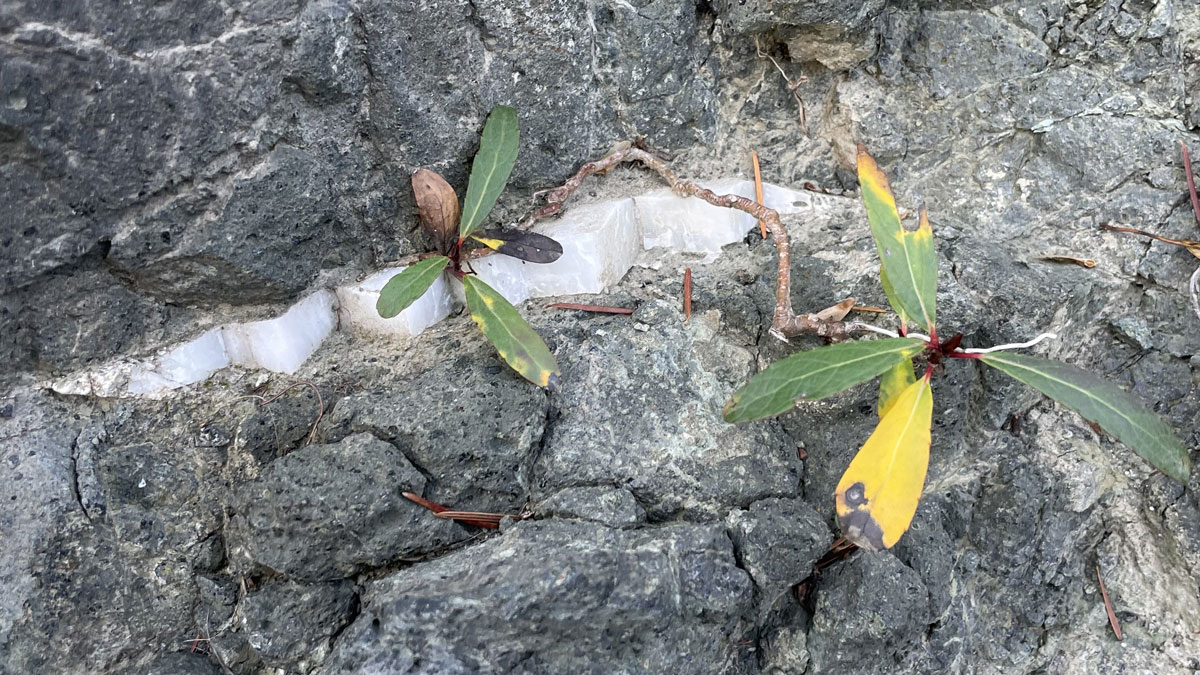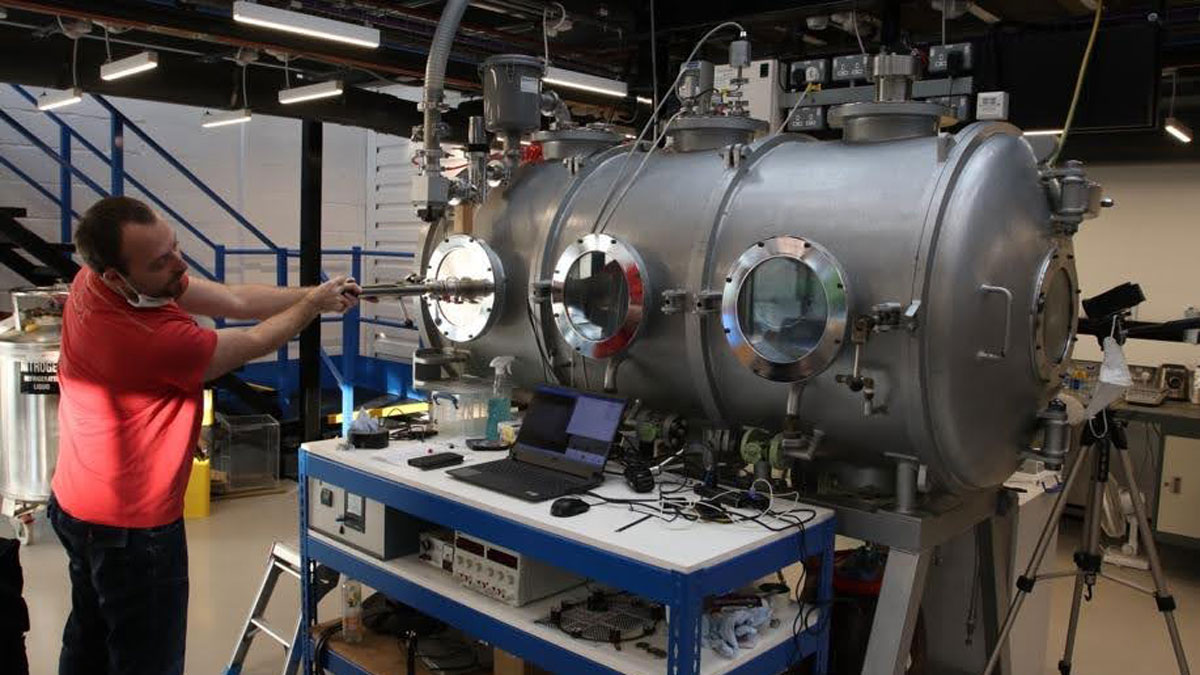WASP-121b, an already unusual planet, might have a remote origin that explains some of its peculiar properties—from iron rain to the unexpected presence of methane.
temperature
Warming Gulf of Maine Buffers Ocean Acidification—For Now
Scientists constructed a 100-year history of acidity in the Gulf of Maine. They expected coastal variability but were surprised by what they didn’t find: a strong anthropogenic signal.
Orbiter Pair Expands View of Martian Ionosphere
Radio signals sent between two Mars orbiters—rather than between an orbiter and an Earth-based receiver—capture new insights into atmospheric dynamics.
On the Origins of Subantarctic Mode Waters
A modeling study shows how warm subtropical waters and cold Antarctic waters combine to form an Indo-Pacific water mass that plays a key role in Earth’s climate.
As Climate Changes, So Do Gardens Across the United States
Warmer winter temperatures have altered frost patterns and growing seasons across the United States, forcing botanical gardens and arboretums to adapt.
Ocean Current Affairs in the Gulf of Mexico
Multinational and multidisciplinary studies of the past and present of the Gulf’s Loop Current are helping to reveal what might be in store for coastal communities.
Old Forests in a New Climate
It’s usually cooler under a forest than outside the forest, but that natural temperature buffering didn’t make global warming any less strong during the last 45 years in an old-growth forest of Oregon.
Real Climate Solutions Are Beneath Us
It’s time to accept that durable subsurface carbon storage, along with emissions reductions, must be part of the plan to mitigate the effects of climate change—and geoscience must play a central role.
When Ice Ages End, Ocean Circulation Fine-Tunes Ocean Heat
New Antarctic ice core data bolster model predictions of ocean heat content during glacials and interglacials.
Salt May Be Key to Martian Mudflows
Mars probably has mud volcanoes, and salt might be the ingredient that keeps the flow going.

